Building the Bones
On this craft episode of Dear Writer, we discussed the importance of story structure when writing your novel, and explored some of the common elements found in different types of narrative structure.
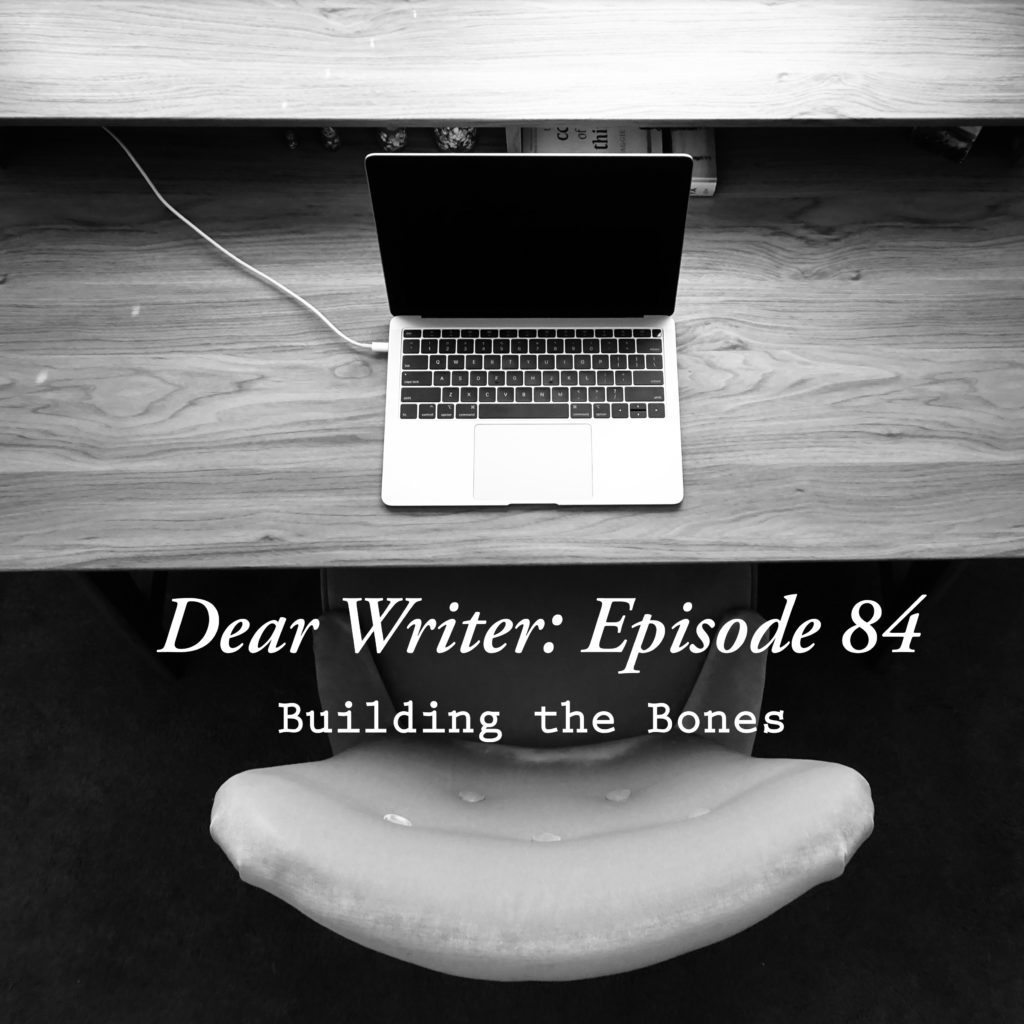
Episode Summary:
Main Discussion: Story Structure
Today we are talking about story structure. It’s quite a technical topic, but it is integral to writing a novel. Before taking a deep dive into story structure, what is story structure and why is it important?
Sarah: Story structure is also known as narrative structure, the storyline or the plotline, and it describes the way a novel is organised. Basically, in what fashion the plot is relayed to the reader. Story structure is made of two key elements: plot (the events occurring in the book) and story elements (think characters, setting, conflict, resolution, etc). They way these two elements are intertwined by the author are usually used to reveal the underlying themes of their story.
Ashley: Generally, stories centre around a key question the reader wants answered. For example, will Frodo destroy the ring? And the better an author is at setting out the plot and story elements, the easier it is for the reader to follow the story but also the meaning behind the story. Structure gives the author a good framework to ensure the reader both enjoys the novel but also feels satisfied by what they have just read.
Why worry about Story Structure? Why not just write?
Sarah: Every story, whether people think consciously about it or not, has a structure which holds it together, and we as people are hardwired to respond to a story when it’s given to us in this general structure of beginning, middle and end. This is generally true no matter where you come from, no matter what culture. There are certain key elements that need to be present or the story feels like it’s ‘missing something’. But, although we have an inborn sense of story structure and it’s entirely possible to write and do this on a subconscious level, you risk leaving some of the key elements out if you aren’t aware of it, and readers are then left with a feeling of dissatisfaction. Bringing your awareness to story structure helps to make sure you have hit all the important points and keeps readers engaged with your story.
Ashley: Generally, people have an inate sense of how to tell a story without needing to consult a specific story structure. We noticed this when we first got into wirting. There was no consideration for detailed analysis of the structure, we just started writing. But I think there is good reason to consider story structure more at the beginning of a novel. First, fulfilling reader expectations – readers expect novels to unfold in a familiar way and story structure gives the author a set of tools to meet those expectations. Second, pacing. Good story structure helps authors to pace their novels properly, there are periods of building action and tension as well as lulls and spaces to breath. Third, it can really help authors when they are stuck. Sometimes, it’s hard to diagnose what feels off in your story, and sometimes going through
There are many different types of story structure an author can use, depending on the story they are trying to tell. And, we will get in to some of those later. But first, lets look at some of the common threads found in almost all story structures and discuss their importance. Establishing the status quo.
Ashley: This is used to show the reader the way things usually are in the life of the protagonist. Generally, this is found somewhere in the beginning of the story but not always.
Sarah: I used to be not so good at this bit, and if you are like me and enjoy starting in ‘media res’ then you might wonder what the need is for it. But, establishing a status quo can really help to provide contrast before things start happening. The contrast is important because it sets the scene and shows the current world of your protagonist, before something happens to turn their world inside out. Things might not be perfect, but your protagonist is relatively happy—or so they think. The status quo can subtly bring up things in the world your protagonist is turning a blind eye to, but that the reader understands is not quite right, and that these things are going to provide challenges later on. Whether you start in media res or not, at some point you need to address how things used to be so the reader can grasp the entire situation.
Ashley: Obviously, its important to show the reader what ‘is’ so that they can appreciate how different things become later on in the story. I know some people like to drop readers right into the middle of the action at the start, but there needs to be something, somewhere to give the reader a baseline for how things ‘used to be’.
The inciting incident
Ashley: The event that catalyses the story—what sets events in motion.
Sarah: I love writing the inciting incident. This is the part where things take a dramatic turn early on in the story. It’s often the part that, for me, gives me the initial idea for the story in the first place. What if this happened? It gets even more dramatic when you pair it with the status quo, because that contrast seems even more intense. The readers get hooked by the combination of these two things. Now they have information on the protagonist, what the protagonist’s life is usually like before this life-changing event occurs, and the reader can’t help but wonder: how is the protagonist going to deal with this? What are they going to do? Will they rise to the challenge?
Ashley: This is the thing that makes the protagonist do something they wouldn’t ordinarily do. The interesting thing about the inciting incident is figuring out when to have it. Its tempting to put it right at the start to kick things off with a bang but as Sarah and I realised when we first started writing WTRF, all those years ago, this didn’t work so well for us. We needed time and for it to happen (that’s not to say nothing exciting happens at the start) to build tension and to make the events seem more believable.
Rising Action
Ashley: This is the part where your characters try and achieve their goals (whatever they may be) and are challenged along the way.
Sarah: I heard this described by one book as ‘fun and games’. Not that it’s all fun for your protagonist, of course. It’s builds throughout the book, and the protagonist has smaller victories and losses along the way to the grand finale. I like to think of these smaller challenges that the characters undergo as smaller stories within the big story, that get progressively bigger until things finally come to a head.
Ashley: This part is always fun for me, giving your characters various hurdles to overcome and figuring out different ways for them to do so. I also think its important to remember that ‘action’ in this case is used very broadly. It is the most evident in thrillers where there is literal action, but it is present in other genres too. Like in romance, where there is always the will-they-won’t-they get together.
An all-is-lost moment
Ashley: This one speaks for itself. But, it’s the moment your protagonist thinks they have failed, it’s all over.
Sarah: I too love the drama of the ‘all is lost’ moment, where it seems like to the character that there’s no way they can win—they’ve exhausted all avenues and there is no hope. I think for me it’s the challenge of writing that tear-jerking scene, or the one that’s imbued with frustration, hopelessness and strong emotion. The one where the character has to dig really deep to find the final moral of the story. Maybe that’s why I like it—it’s connected quite intimately to the theme of your story and we all know how I feel about theme!
Ashley: This is usually done to ramp up the tension and make the reader feel like the character has no way out. I really enjoy writing the all-is-lost moments, especially in our teen fiction books. Maybe it is because I love the drama that comes with it. It is also worth mentioning at all the storylines in a novel can have an all-is-lost moment. It doesn’t have to just be the main storyline, and sometimes these subplot moments can be the really emotional ones that get you.
A resolution
Ashley: The protagonist achieves their goal, doesn’t achieve their goal, or learns an important lesson along the way.
Sarah: I think before we go into resolution, we’re missing a super important part here which is closely linked but not quite the same—the final payoff, aka the reason your readers have stuck around this long! After the ‘all is lost’ moment the character has to take what they’ve learned and apply it. It’s the grand finale that the readers have been waiting for—will the character get what they want? Or, more importantly, will the character get what they need? The answer to this question is your final resolution. Win or lose, there must be an ending, and one that satisfies readers. The final payoff and resolution has to be bigger and badder than any of the previous moments in the book.
Ashley: Ah the resolution. I think Sarah and I have talked about resolutions before on this show in our episode about endings. The thing to take away from that episode, and what I have to say here is to make your ending satisfying for the reader. It doesn’t have to be happy. But there has to be some sort of closure.
Usually, the elements we just spoke about are common in all types of story structure. There are many, many different types of narrative structure, but I thought we could talk about three main ones today. We will briefly go over what they are and then talk about whether we have ever used them in our novels and comment on the reasons we chose that type of structure.
The three-act structure:
Ashley: This is a very popular approach to writing a story. We will go over this type of structure in its most basic form. You can find plenty of resources that break this down in lots of detail but for the purposes of this show, here is the quick outline. In the first act, the author sets the scene, the stakes, and the character. Somewhere in this act, the inciting incident occurs to set the plot in motion. In the second act, the protagonists face a series of challenges that they are required to react to. Finally, in the third act, all of the tension built up from the first two acts comes to the final climax and resulting resolution.
Sarah: This is the most common approach, though I would say you can probably take any story and fit it into any of these structures we’re discussing, though you might visualize and connect with one more than another. For me, I like the three act structure because I strongly feel that you can divide any component of story into the three act structure, be it the whole novel, a chapter, a paragraph, or even (so long as it’s grammatically correct in construction) a sentence. Each has a subject, something that happens, and a resolution of sorts. This is the structure I use most consciously, and I think it’s in part because it’s also the wat they teach you to write in school. Remember essays? You’re taught the same structure with the acronym SEE (statement, explanation and example). Everything, even non-fiction, can be divided down into basic three act story structure.
Ashley: I think, generally, our Black Skies Series falls into this kind of structure. Not because of any specific planning (at least not at the beginning). It was more of a natural fit for our writing in the first instance. Once we had a few drafts done we did a bit more work in tweaking the story to improve pacing etc. This kind of structure also works quite well for writing chapters of your book.
Freytag’s Pyramid:
Sarah: Freytag’s pyramid describes the five stages of a story in the form of a pyramid. Imagine a straight line leading up to a triangle, this line is the exposition (introducing the major fictional elements). Where the line meets the base of the triangle is the inciting incident. Rising action goes up one side of the triangle (follows the action of the story), leading to the climax at the apex. Falling action slips down the other side of the triangle and ends at the resolution.
This is interesting. I had heard of it, as I started reading a book on screenwriting (as it relates well to novel writing). Like Ashley said if you’re more of a visual person it may be a good tool. For me my brain is hardwired to the logical sequence of the three act structure, but again I think you could use this to fit any book.
Ashley: I had actually never head of this type of story structure before. I like the idea of it as it seems like good visualisation tool for the flow of a story, and the overall aim of any good story. When I did a bit more research into I noticed it is more commonly used by screenwriters, playwrights, and dramatists which also made sense.
The hero’s journey:
Ashley: This is a very common story structure that is made up of twelve steps. 1. The ordinary world (where we meet our hero), 2. Call to adventure (something happens to push the hero out of their comfort zone), 3. Refusal of the call (the hero doesn’t want to go), 4. Meeting the mentor (the hero isn’t ready for the challenges they will face so they get a trainer), 5. Crossing the first threshold (the hero is finally ready and begins the adventure in earnest), 6. Tests, Allies and Enemies (the hero meets a number of allies and faces a number of challenges), 7. Approach to the inmost cave (the hero approaches the most dangerous part of the adventure), 8. Ordeal (the hero faces their biggest challenge so far), 9. Reward (the hero can see that success is within their grasp), 10. The road back (our hero tries to go back to their original life.world but are prevented by a number of challenges), 11. Resurrection (the climax where the hero must defeat the darkness one more time), 12. Return with the elixir (the jubilant homecoming).
Sarah: I feel the hero’s journey is talked about a lot because it reflects a deeper understanding of story structure than a classic three-act format. Basically, it’s the three acts broken down into smaller more detailed steps: The first threshold is the start of the second act, and ‘the road back’ is the start of act three. I think where ‘The Hero’s Journey’ doesn’t fare well with me is there is an assumption of victory inherent in this structure, though I think with this structure it’s important to realize the difference between your plot and your character’s inner journey—usually even if the character fails in their quest, there is something else gained such as a moral truth, and in some stories this is the ‘elixir’ rather than success. Perhaps because it is broken down into finer points it may not fit every story perfectly, and some would call it formulaic, but I think it does hit on some key points for most stories.
Ashley: I always love this kind of story. I think a lot of novels I read as a teenager followed this kind of structure. As for whether we have used this type of structure, not specifically. But I can see that elements of it could merge with the thee act structure. It is possible that when its said and done, our historical fiction novel might have some elements of this.









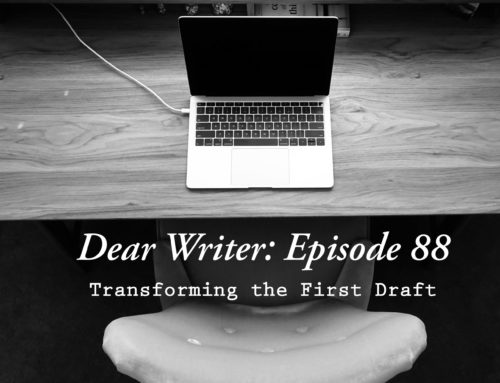
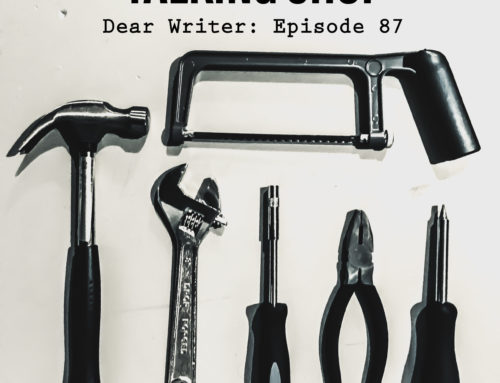

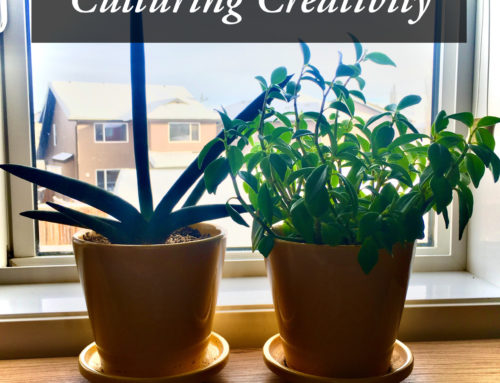
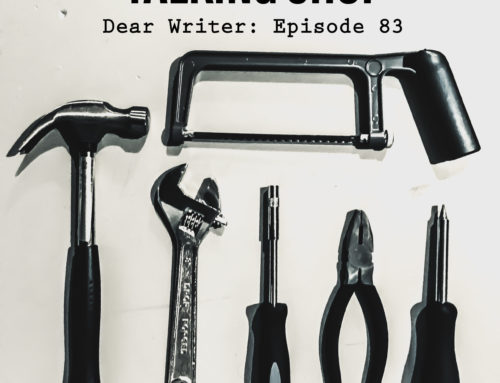


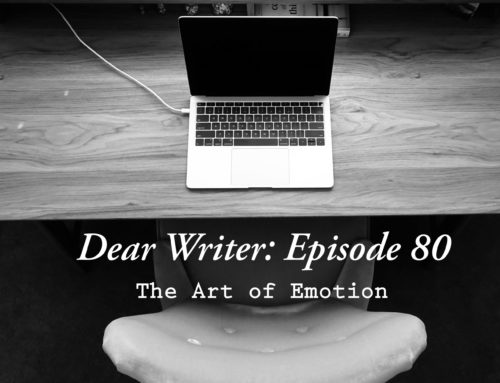
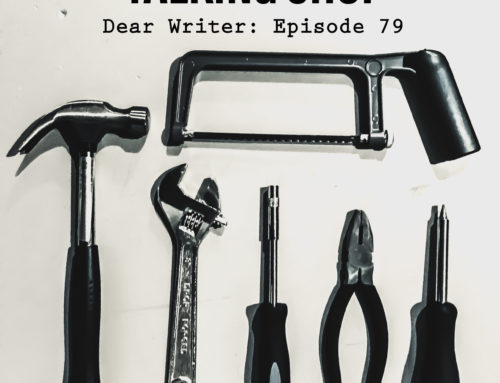
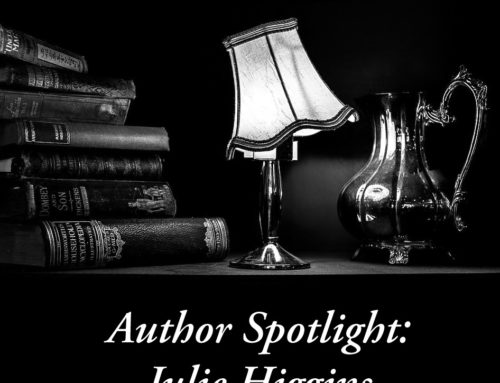
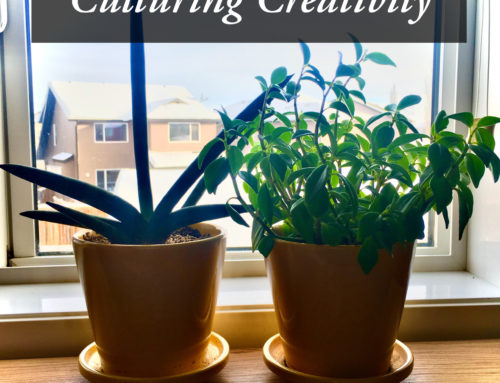
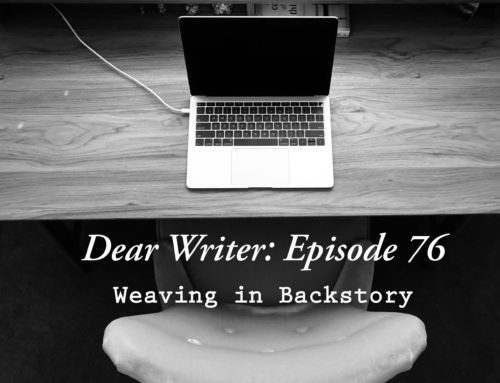
Leave A Comment